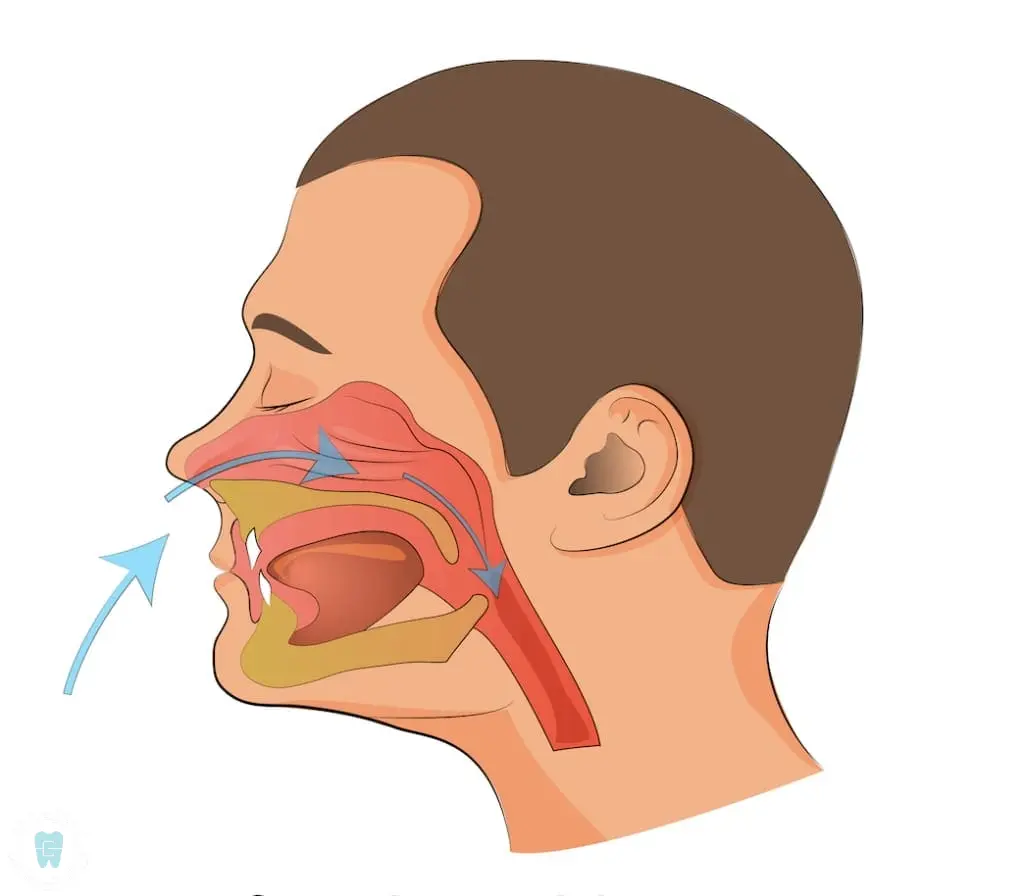Mouth breathing is a frequent issue in which people predominantly take in air through their mouth instead of their nose. Our specialists focus on diagnosing and managing this condition, as it can greatly affect oral health and general wellness. Recognizing and treating mouth breathing is vital for ensuring optimal health and avoiding potential long-term problems.

Various elements lead to mouth breathing. These factors encompass seasonal allergies, especially cedar fever, persistent nasal congestion, oversized tonsils, and sleep apnea. Many locals commonly face intensified symptoms owing to the unique environmental conditions and allergens present in our area.

Our respiratory well-being is notably at risk due to the impact of mouth breathing. In the absence of adequate nasal filtration, certain individuals might face a greater likelihood of respiratory infections, diminished oxygen uptake, and lowered efficiency in their breathing.

Hot weather can worsen the impact of mouth breathing on saliva production. We often encounter patients dealing with xerostomia (dry mouth), which may result in multiple oral health issues if not addressed properly.

We have noted a strong connection between mouth breathing and sleep apnea in our patients. These issues frequently coexist, leading to a cycle that can dramatically affect sleep quality and overall functioning. Many of our local patients indicate enhanced sleep quality after tackling their mouth breathing behaviors.

Numerous individuals seeking care often note a decline in focus and mental sharpness linked to mouth breathing. This cognitive effect, frequently referred to as “brain fog,” can hinder job performance, educational success, and everyday tasks.

In our clinic, we frequently encounter individuals whose oral breathing is linked to dental issues and bad breath. The decrease in saliva flow fosters conditions that allow harmful bacteria to flourish, which can result in cavities and periodontal disease.
Mouth breathing in both adults and children can increase the risk of respiratory infections such as sinus infections, colds, and the flu. Because mouth breathing bypasses the nasal cavity’s natural filtration system, pathogens can more easily enter the lungs. Furthermore, habitual mouth breathing can lead to nasal congestion and obstruction, making nasal breathing more difficult.
In young children, mouth breathing can have more severe effects. Chronic mouth breathing can lead to abnormal facial and dental development, poor sleep quality, and behavioral challenges, emphasizing the importance of early intervention.
At Gramercy Orthodontics, we utilize cutting-edge diagnostic methods to detect mouth breathing habits and their root causes. Our team creates tailored treatment strategies that can include orthodontic solutions, breathing techniques, and collaboration with local experts when needed.
There are several supportive strategies for promoting nasal breathing in children through breathing exercises and techniques. To begin with, lifestyle changes such as maintaining a nutritious diet, ensuring adequate hydration, and participating in consistent physical activity can reduce nasal congestion and foster nasal breathing. Additionally, targeted breathing exercises can be introduced to enhance overall breathing patterns.
These could encompass diaphragmatic breathing, an effective technique for achieving deep breaths through the diaphragm rather than shallow chest inhalation, along with basic exercises designed to clear nasal passages. Teaching kids the significance of nasal breathing for their health and raising awareness about healthy breathing patterns can prove to be very helpful. By integrating lifestyle adjustments with focused breathing exercises, a holistic strategy can support and maintain nasal breathing practices in children.

We employ cutting-edge imaging technology in our clinic to examine airway anatomy and create detailed treatment strategies. This innovative method enables us to tackle breathing difficulties and orthodontic issues at the same time, ensuring the best possible outcomes for our patients.

Yes, especially in growing children. At Gramercy Orthodontics, we have documented how chronic mouth breathing can influence facial growth patterns, potentially leading to elongated facial features and dental misalignment. Early intervention can help prevent these developmental issues and support proper growth.
We offer treatment plans tailored to each patient’s needs. Dr. Barry Elaahi, DDS and Dr. Jason Berk, DDS, may recommend a combination of orthodontic appliances, breathing exercises, and lifestyle changes. Our focused plans are designed to provide effective, long-lasting results.
Not necessarily. While an overbite can contribute to mouth breathing, underlying issues like nasal congestion or other health conditions are more common causes. An overbite doesn’t automatically mean someone is or will become a mouth breather. We recommend consulting dental or healthcare professionals for concerns about breathing or oral health.
© 2025 Best Orthodontists in NYC
Braces Invisalign Gramercy Ortho Dr. Barry Elaahi & Dr. Jason Berk, Board-certified Orthodontists in NYC,
All Rights Reserved.
Monday – Friday : 8:00am – 7:00pm
Saturday : 8:00am – 3:00pm
© Copyright 2025 Gramercy Orthodontics